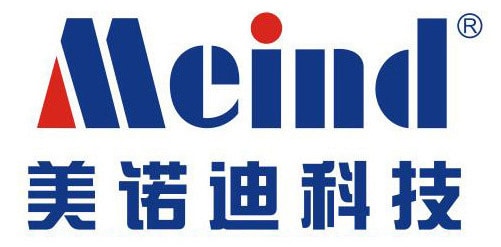7 Factors to Consider When Using an Inverter –
2. Type of Power: Sine or Modified Sine Wave
There are two types of inverters on the market, a pure sine wave and modified sine wave.
“Both work well in a truck environment, but for those running sensitive electronics (like CPAP machines) or products that are plugged into their own chargers –a drill or a toothbrush – pure sine wave is the preferred choice,” says Carlson.
“Since sine wave is the same power as what you get at home, the voltage is consistent without spikes or drops. So, the device you’re powering reacts just as it would if you were plugged in at home.
“But, in most cases, modified sine wave power is just fine in operating most electronics and appliances with the exception of few sensitive applications.”
As for the price difference, Carlson says the gap has narrowed and today most higher wattage pure sine wave inverters cost about 15% to 20% more than a modified inverter.
“With a pure sine wave unit, you’ll notice a slight decrease in the efficiency rating, since electronics within the inverter use power to keep electrical levels consistent,” says Carlson. “It’s not much – we have an 87% efficiency rating on a Meind pure sine wave unit compared to 92% on a modified inverter. It’s like the difference between running a 6-cylinder car versus 4-cylinder car. That 4-cylinder car may get a bit better fuel economy, but the 6-cylinder is better in overall performance.”
How much power (watts) do you need?
- Microwave: 1,000
- TV: 250
- Hot Plate: 1,300
- DVD Player: 40
- Laptop: 95
- Hair Dryer: 1,500
- Electric Blanket: 200
- Portable Heater: 1,000 to 1,500
- Electric toothbrush: 2

